Things to Do
Things to Do Near By
Seashore Farmers’ Lodge No. 767
Located in the Sol Legare community on James Island, the Seashore Farmers’ Lodge was an African-American fraternal order established by farmers in the years following the Civil War. The men of the community established the lodge to help support each other as well as their families. In addition to providing health and life insurance to its members, the lodge also provided education and burial assistance and planned annual events such as parades for the community. In 1915, the members built a two-story structure to house the fraternal group and provide a community gathering spot. After the construction of a dance pavilion at Mosquito Beach in 1953, this building saw a decline in use by the community. The Seashore Farmer’s Lodge building was severely damaged in Hurricane Hugo but was listed on the National Register of Historic Places and was restored in 2011. It has since opened as a cultural museum.
For more history on the Seashore Farmer’s Lodge, please click the button below:
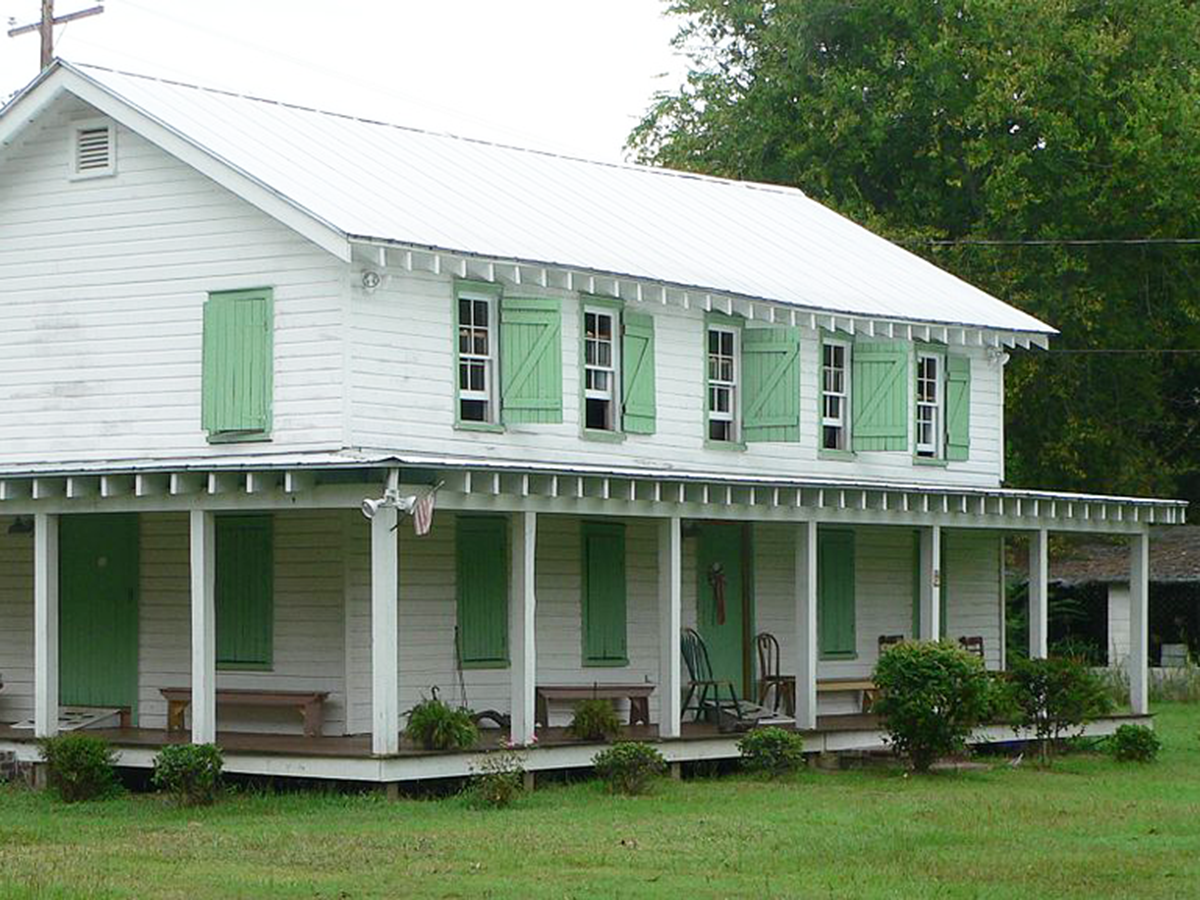
Location:
1745 Sol Legare Road
James Island, SC
Hours:
Museum open by appointment.
McLeod Historic Site
Owned and operated by the Charleston County Parks and Recreation Commission (CCPRC), the McLeod historic site, established in 1851 on James Island, gives visitors the unique opportunity to learn about plantation life from the perspective of the enslaved people who lived and worked on the property growing the highly profitable Sea Island cotton. The 37 acre site is also included as one of the many culturally significant sites of the Gullah-Geechee Heritage Corridor throughout the southeastern United States.
The site allows visitors to learn about both the McLeod family and the enslaved through tours of the slave cabins and outbuildings.
Visitors can take a guided tour (45 – 60 minutes), visit the first floor of the main house, and walk the grounds to see the slave cabins and outbuildings, or may experience the site using the free app available on-site.
For more information, click below:
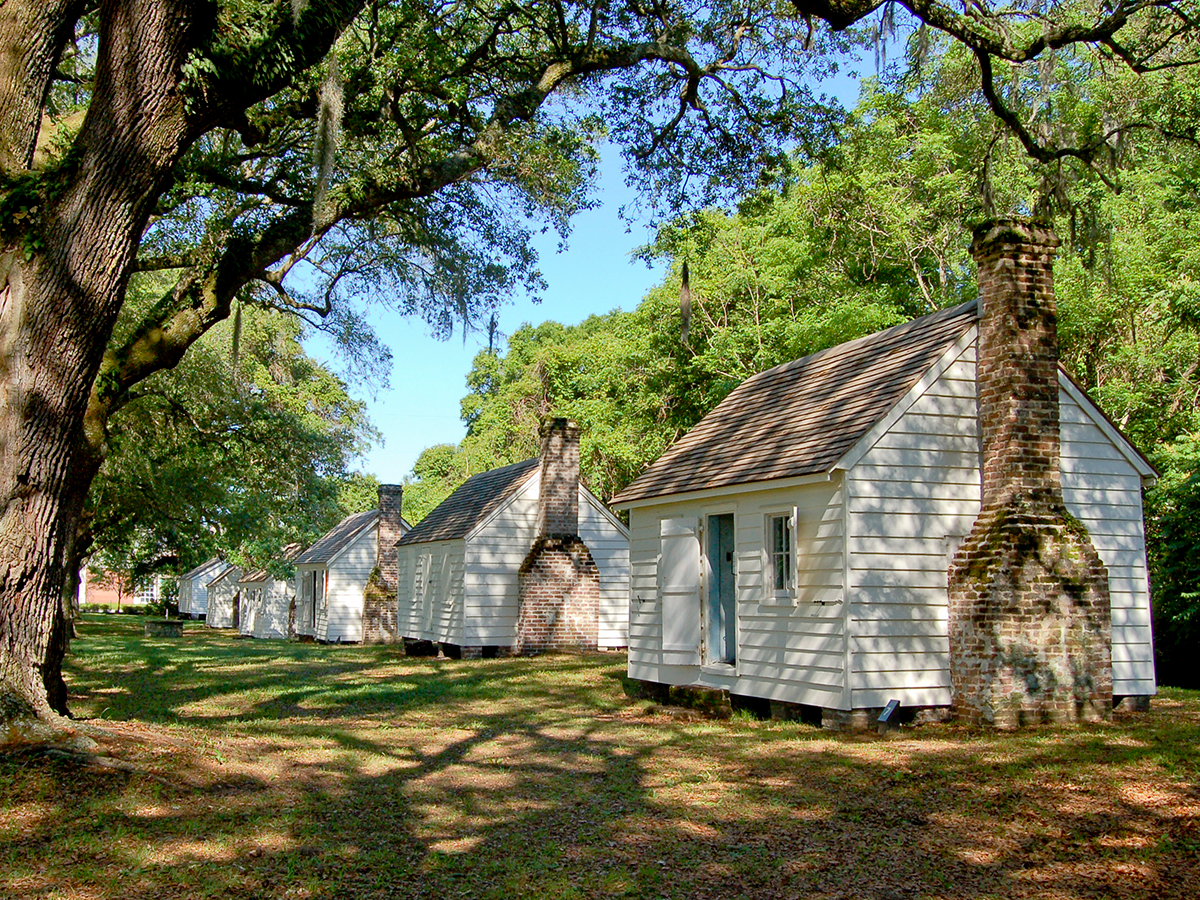
Photo courtesy of Charleston County Parks
Location:
325 Country Club Drive
Charleston, SC 29412
Hours:
Tuesday – Sunday
9:00am – 4:00pm
Folly Beach Pier
Built in 1995, the Edwin S. Taylor Folly Beach Fishing Pier is open to the public and offers visitors incredible views of the Atlantic Ocean, saltwater fishing, and restaurants. Prior to the construction of the current pier, there were two piers that drew attention to Folly Beach as a center for entertainment. Throughout the decades of the 20th century, the piers at Folly Beach housed a small amusement park, restaurants, hotels, and musical venues in addition to popular daytime activities such as fishing.
Until the late 1960s and 70s, however, African American beach-goers were prohibited, first by “Jim Crow” segregation laws and then by de facto segregation enforced by white beachgoers and residents. “Black Beaches” like Mosquito Beach were established to create alternative recreational gathering places and entertainment hubs for African Americans.
Please note the Folly Beach Pier is slated to be replaced and construction will begin in 2020.
For more information, please click the button below:
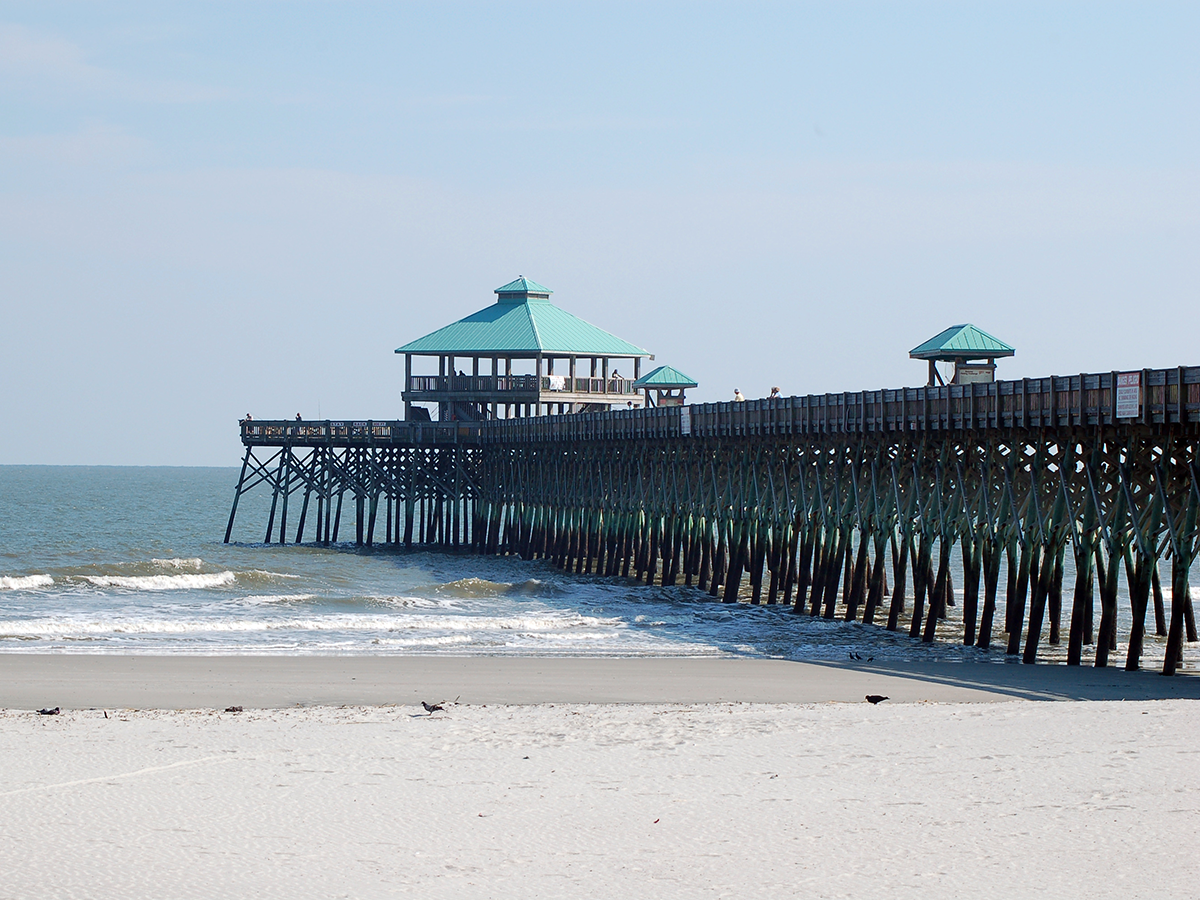
Photo courtesy of Charleston County Parks
Location:
101 E. Arctic Avenue
Folly Beach, SC 29439
Hours:
The pier is operated by Charleston County Parks and Recreation Commission and has varying hours and different times of the year.
The Progressive Club on Johns Island
Located on River Road on Johns Island, the Progressive Club was founded in 1948 by Esau Jenkins as a center for education and voter registration for African Americans living on the Sea Islands. The small structure built in 1957 was a place of activism and a beacon of hope for the community during the Civil Rights era and included meeting space, a dormitory for visitors, a kitchen, and gymnasium – all fronted by a community store. The building hosted “citizenship schools” to aid African Americans pass the literacy tests that were used as a common barrier to African American voting. Civil Rights leaders including Septima Clark, Dr. Martin Luther King, Jr., Andrew Young, Rev. Ralph Abernathy, Stokely Carmichael and others visited here.
The cinderblock building was mostly destroyed by Hurricane Hugo in 1989 but its significance led to its listing in the National Register of Historic Places in 2002. Plans call for rebuilding the structure as the Club itself continues its work.
For more information, please visit these two web sites:
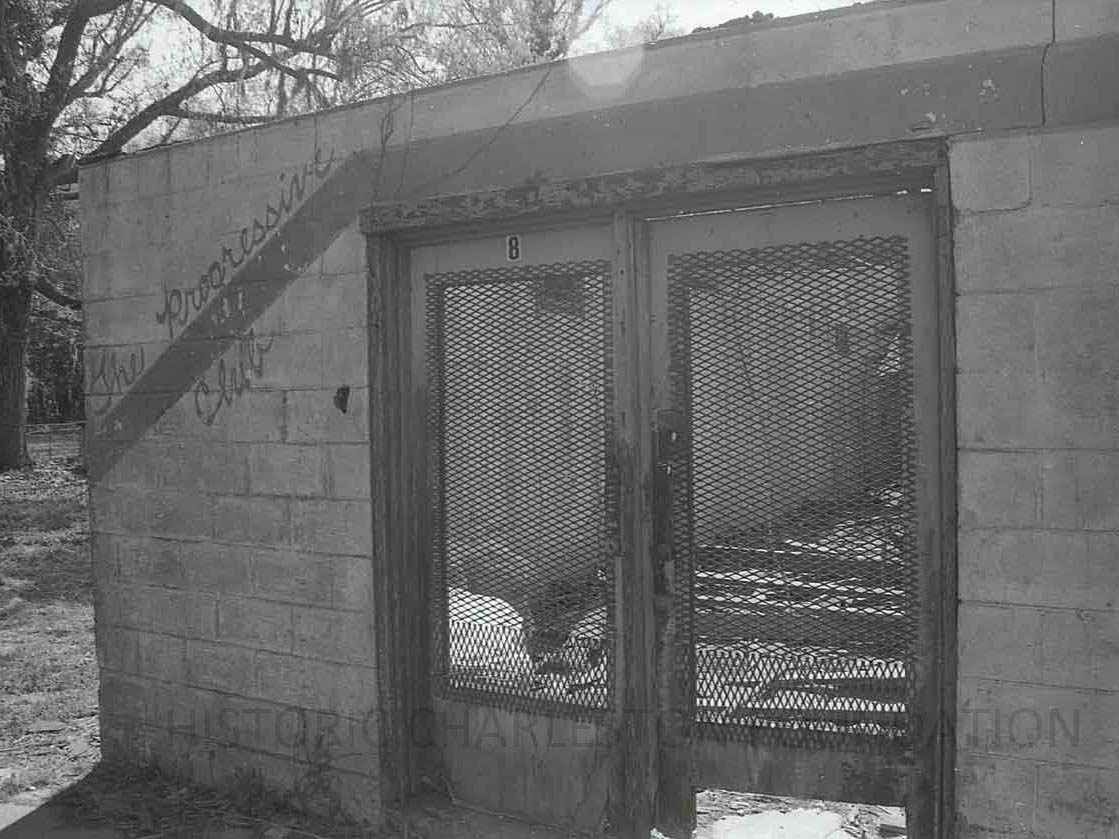
Photo courtesy of the Margaretta Childs Archives, Historic Charleston Foundation
Location:
3377 River Road
Johns Island, SC 29455
Hours:
The site is not accessible but visitors can stop to read the State Historic Marker at the site.
Pinpoint Oyster Factory
This museum tells the story of a vibrant Gullah/Geechee community in coastal Georgia along Moon River founded in 1890 by freed slaves. Today, many of the residents are descended from the enslaved people who settled the area. With the property continuing to be passed down generation to generation, it is now believed to be the largest African-American owned waterfront property on the East Coast. The former factory has been transformed into an educational center for visitors to learn about the religion, language, culture and food of the Gullah Geechee community.
The museum is located in the old buildings of the former A.S. Varn & Son Oyster and Crab Factory, which was the primary employer of the Pin Point residents, operating 1926-1985. The oyster factory that was located at Mosquito Beach was also owned by A.S. Varn and was likely a similar operation, although the factory on Sol Legare closed during the Depression.
For more information, please visit these two web sites:
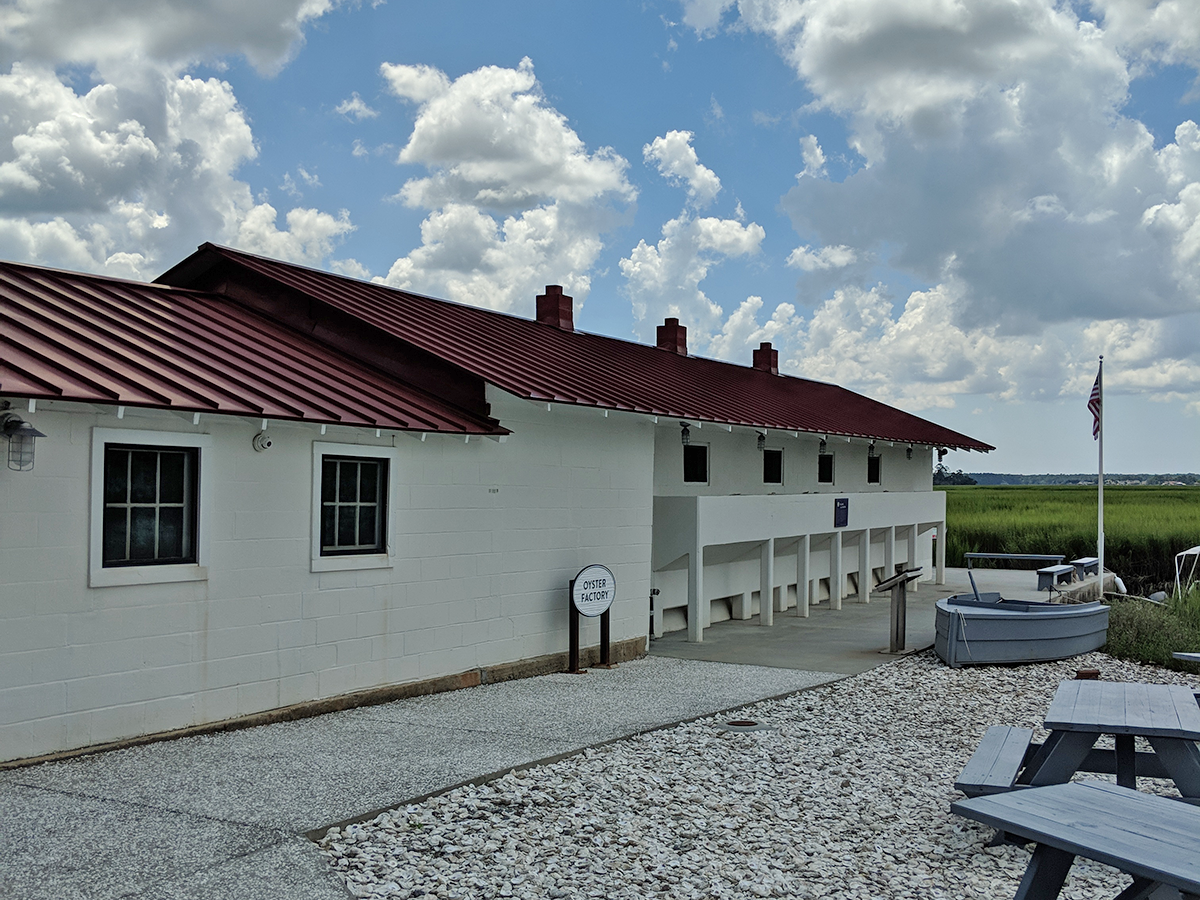
Photo courtesy of Michael Allen
Location:
9924 Pin Point Ave.
Savannah, GA 31406
Hours:
Thursday – Saturday
9:00 am to 5:00 pm
This material was produced with assistance from the African American Civil Rights grant program, administered by the National Park Service, Department of the Interior. Any opinions, findings, and conclusions or recommendations expressed in this material are those of the author(s) and do not necessarily reflect the views of the Department of the Interior.
This material was produced with assistance from the African American Civil Rights grant program, administered by the National Park Service, Department of the Interior. Any opinions, findings, and conclusions or recommendations expressed in this material are those of the author(s) and do not necessarily reflect the views of the Department of the Interior.

